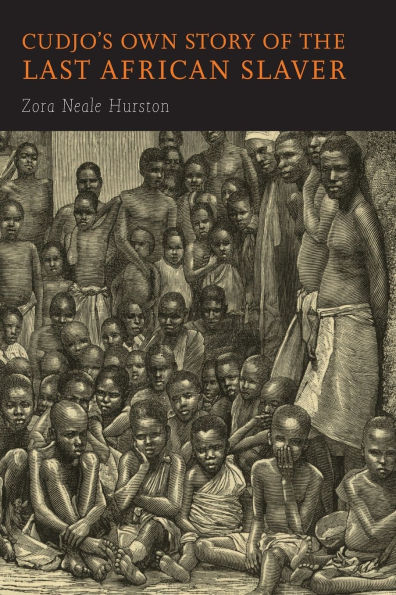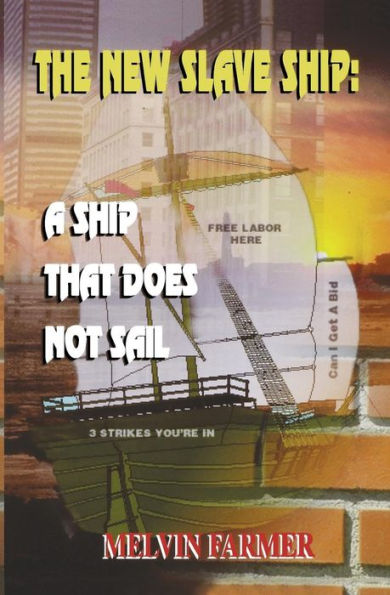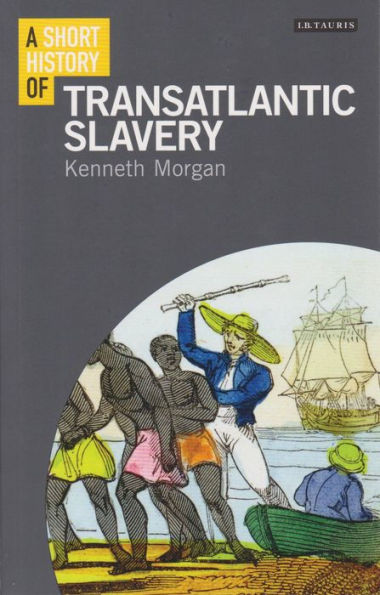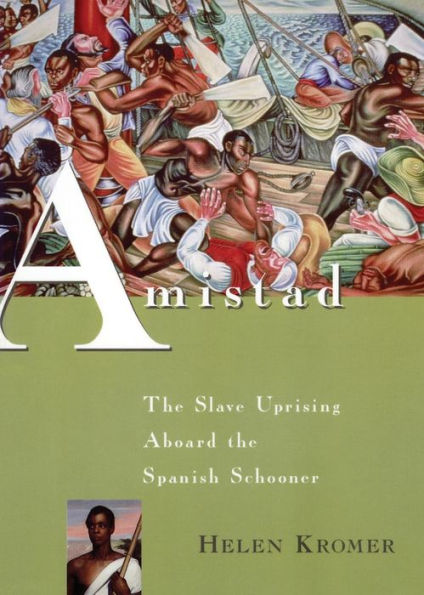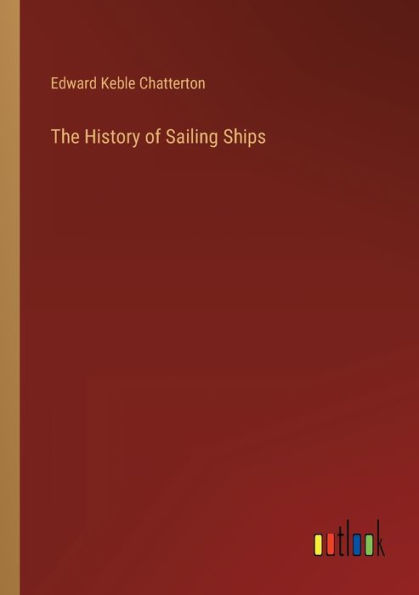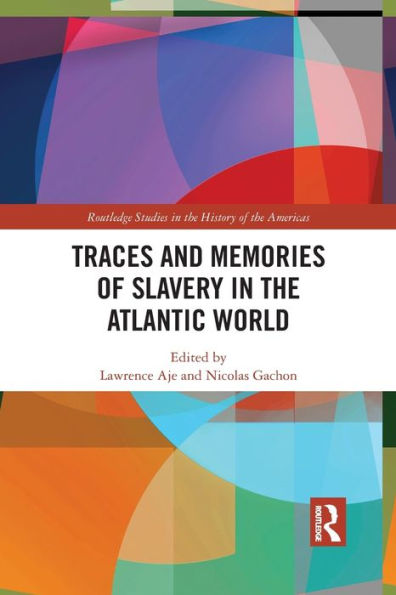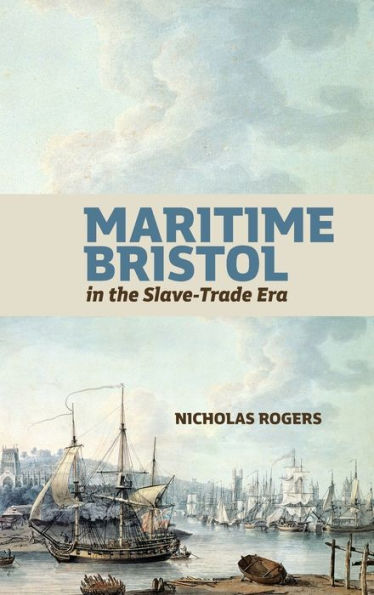Home
Clotilda: the History and Archaeology of Last Slave Ship


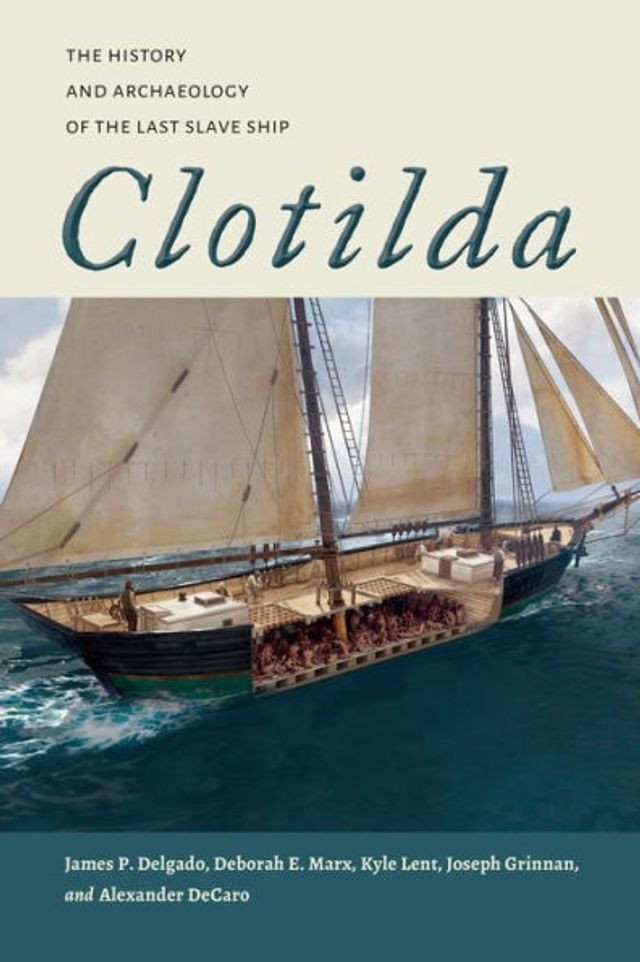
Clotilda: the History and Archaeology of Last Slave Ship
Current price: $39.95
Loading Inventory...
Size: Hardcover
Clotilda
is the first definitive work to examine the maritime historical and archaeological record of one of the most infamous ships in American history.
was owned by Alabama businessman Timothy Meaher, who, on a dare, equipped it to carry captured Africans from what is now Benin and bring them to Alabama in 1860some fifty years after the import of captives to be enslaved was banned. To hide the evidence,
was set afire and sunk. What remained was a substantially intact, submerged, and partially buried shipwreck located in a backwater of the Mobile River. The site of the wreck was an open secret to some people who knew Meaher, but its identity remained unknown for more than a century as various surveys through the years failed to locate the ship. This volume, authored by the archaeological team who conducted a comprehensive, systematic survey of a forgotten “ship graveyard,” details the exhaustive forensic work that conclusively identified the wreck, as well as the stories and secrets that have emerged from the partly burned hulk. James P. Delgado and his coauthors discuss the various searches for
, sharing the forensic data and other analyses showing how those involved concluded that this wreck was indeed
. Additionally, they offer physical evidence not previously shared that situates the schooner and its voyage in a larger context of the slave trade. Clotilda
serves as a nautical biography of the ship as well. After reviewing the maritime trade in and out of Mobile Bay, this account places
within the larger landscape of American and Gulf of Mexico schooners and chronicles its career before being used as a slave ship. All of its voyages had a link to slavery, and one may have been another smuggling voyage in violation of federal law. The authors have also painstakingly reconstructed
’s likely appearance and characteristics.

